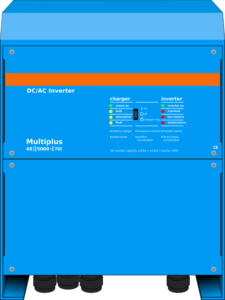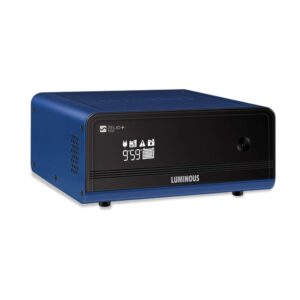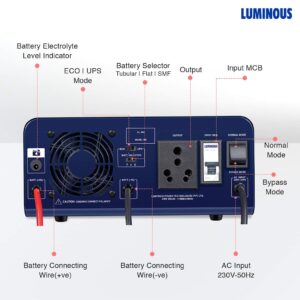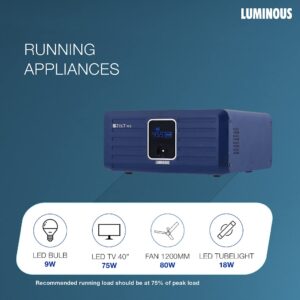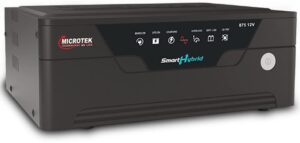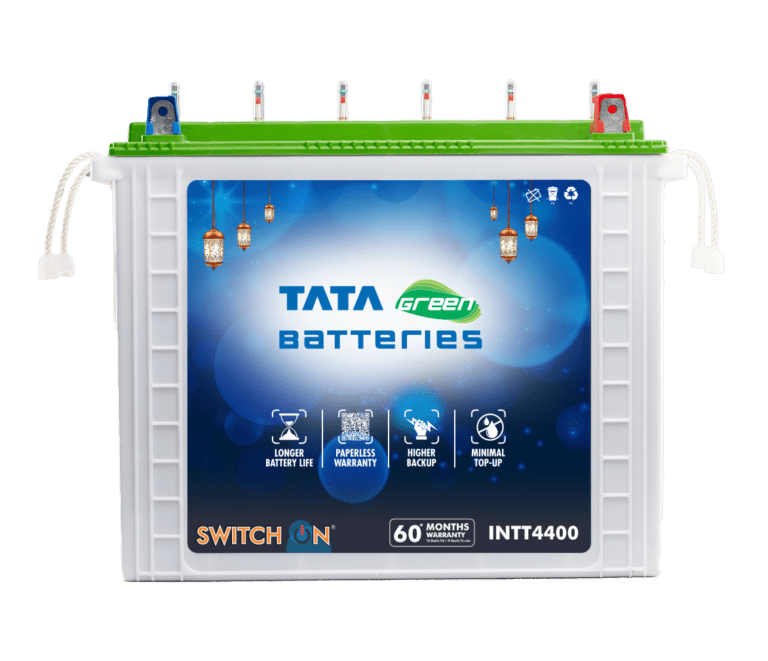Inverters Explained: Types, Uses, and How to Choose the Right One
What is Inverter
And how many types are there
An inverter is an electronic device that provides backup during power outages. It converts DC (Direct Current) energy into AC (Alternating Current) energy, allowing you to run your appliances when there are electricity problems. An inverter is a small and portable device designed for household use. The battery used with it provides backup and helps operate the inverter.
Brand Luminous
Recommended Uses For Product office Home
Power Source Battery Powered
Wattage 900 Watts
Model Name Zelio 1100
price 7159 (as Amazon )
About this item
About this item
Microtek Smart Hybrid Digital & Sinewave Combination Inverter, Price – 6400.00
- Hybrid Technology for Noiseless and Better Performance with Longer Backups & Battery Life.
- Battery Charging Current Selection Switch with Standard 10 Amps Fast Charging (14 Amps) Mode.
- IBGM Technology Increases Battery Life and Performance by maintaining correct Battery Gravity.
- PWM Controlled Multistage ATM (Automatic Trickle Mode) Charging. IN-Build Bypass Switch Enables to isolate the UPS From Mains, whenever Needed.
- High & Standard Charging Option For Quick Battery Charging. Unique Ultra Sonic Switching- For Noiseless Performance. Compatible With all Battery Types Tubular Local & Flat Plate.
Frequently Asked Questions (FAQ) for Inverters
What is an inverter?
An inverter is a device that converts the power stored in a battery into electrical current. It is used to store electricity in the battery during power availability and supply that electricity during power outages.
What is the use of an inverter?
The primary use of an inverter is to provide electricity during power outages. It is used in homes, offices, shops, and industrial settings to maintain the supply of power when needed.
What are the types of inverters?
Inverters are mainly of two types: Active Inverters and Passive Inverters. Active inverters automatically start supplying power during outages, while passive inverters need to be manually turned on.
How does an inverter work?
An inverter converts the direct current (DC) taken from the battery into alternating current (AC). This AC power is then supplied to electronic and electrical appliances for use.
How to choose the capacity of an inverter?
The capacity of an inverter should be determined based on your usage. You need to calculate the energy consumption of your appliances. By adding up the power requirements of all appliances, you can estimate the capacity of the inverter and choose accordingly.
How to choose the right battery for an inverter?
When selecting a battery for your inverter, consider its capacity, type (tubeless or tubular), and lifespan. Choose the battery according to the inverter and your usage needs.
How to maintain the battery of an inverter?
Maintaining the battery of an inverter is crucial. Charge the battery at regular intervals and keep it in a clean, dry place. Monitor any signs of wear or damage, and address any issues immediately to avoid further problems.
How to install an inverter?
Inverter installation should be done by a professional and trained technician. Follow safety protocols during installation and ensure proper wiring.
What is the lifespan of an inverter?
Most inverters have a lifespan of around 5 to 10 years. This also depends on the battery’s lifespan and how the inverter is used. Proper maintenance can extend the inverter’s life.
How to repair an inverter?
If there is any issue with the inverter, it should only be repaired by a trained technician. Make sure that the repairs are carried out by a responsible and certified service center.

